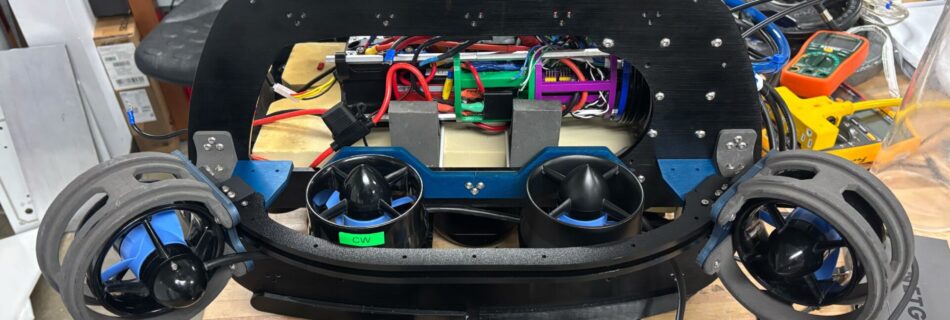Drip or Drown: Mechanical Team
These past weeks the Mechanical team has been hard at work with a multitude of projects including installing the thruster cable injector, changing propeller configurations, new gripper design, and a few others. Thrusters on Crush All eight thrusters have been mounted on Crush with new nylon L-brackets and the correct propeller configuration to ensure all …

